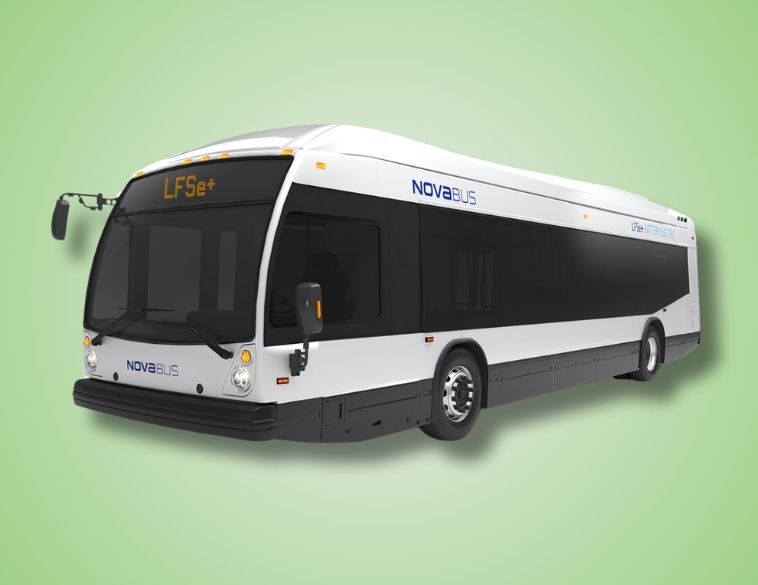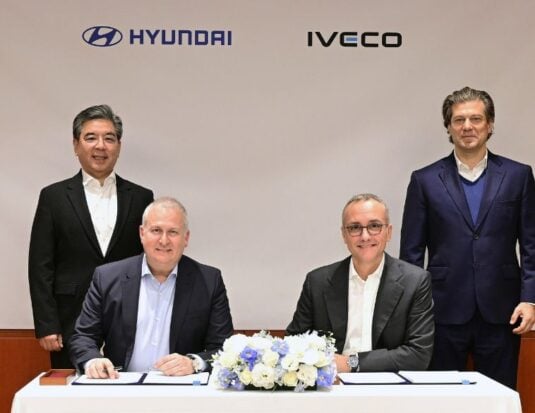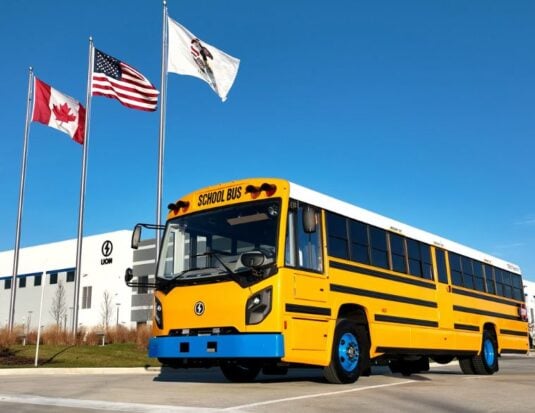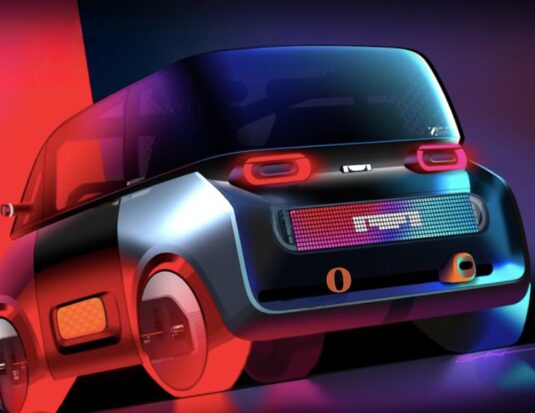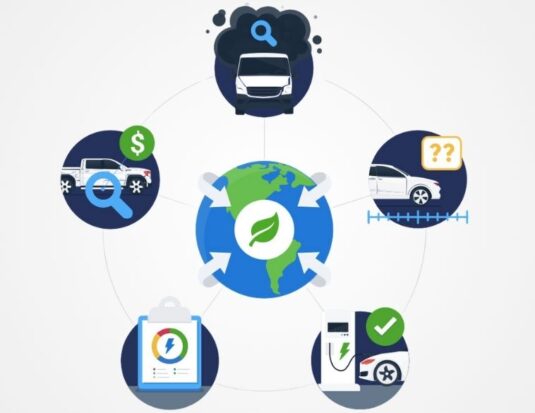E-mobility and the Electrification of Fleet
Electrification is the future. From electric trucks to electric cars, and even electric buses, today’s fleets are slowly transitioning to a more electric future. Battery electric vehicles are part of the solution as global governments and organizations continue to work towards reducing greenhouse gas emissions.
EV charging networks
One of the key questions fleets need to ask themselves before jumping on the EV bandwagon is how they will charge their electrified fleet vehicles. What kind of charger will they need? Will they take advantage of a public charging network? Will fast charging be a must, or even a benefit? Public charging stations may seem like a cost-effective solution, but many industry experts recommend that fleets invest in their own EV charging network. That’s because EV charging locations around town aren’t reliable, and they won’t always be available when needed. Every fleet manager must consider an effective electric vehicle strategy that makes sense for their organization, and that includes a well-designed battery charging infrastructure. This doesn’t mean that every fleet needs an ultra-fast EV charging system, or even a single rapid charger. In fact, most fleets find that a Level 2 charger (or a number of them) will be enough to support a reasonable zero emission vehicle infrastructure program. Building the infrastructure for your own organization is a challenge that requires expert advice and input. You’ll need to consider the capacity of all the EV batteries on your fleet, the type of EVSE (electric vehicle supply equipment) that’s best for your fleet, the number of charging ports involved, and much more. Fleet managers must also consider the type of vehicles they’ll need to charge. It’s one thing to charge a dozen electric cars of a handful of electric pickup trucks, but quite another to charge a fleet of large electric trucks or battery electric buses, like the ones made by Lion Electric. These are large vehicles with large batteries that require a lot of bandwidth to charge, night after night. Third-party experts, like FLO and Propulsion Quebec can offer advice and insight, as well as access to charging stations, including the FLO network.
Fuel cell for fleet
While electric cars and electric trucks are all the rage, fuel cell technology looks promising as well. Not ready for the mass market just yet, fuel cell vehicles make up a growing segment of the overall EV market. Unlike EVs, which need to be charged, vehicles equipped with fuel cell technologies produce electricity on their own. Also known as hydrogen fuel cells, these vehicles must be “fuelled” with hydrogen, which then mixes with oxygen from the air in order to produce electricity that powers the vehicle. Suffice it to say, electrification isn’t easy. Tomorrow’s fleet managers will need to understand the complexities of lithium battery cells, as well as the benefits of renewable energy, power generation in general, and even battery recycling in order to do their jobs well. For now, many are focusing on acquiring new electrified vehicles, as well as EV conversion strategies for their existing vehicles, and they’re wisely leaving complex topics like the benefits of lithium ion batteries, the many types of fuel cells on the market, fuel cell operating parameters, and other complicated subjects in the hands of capable third-party experts.


